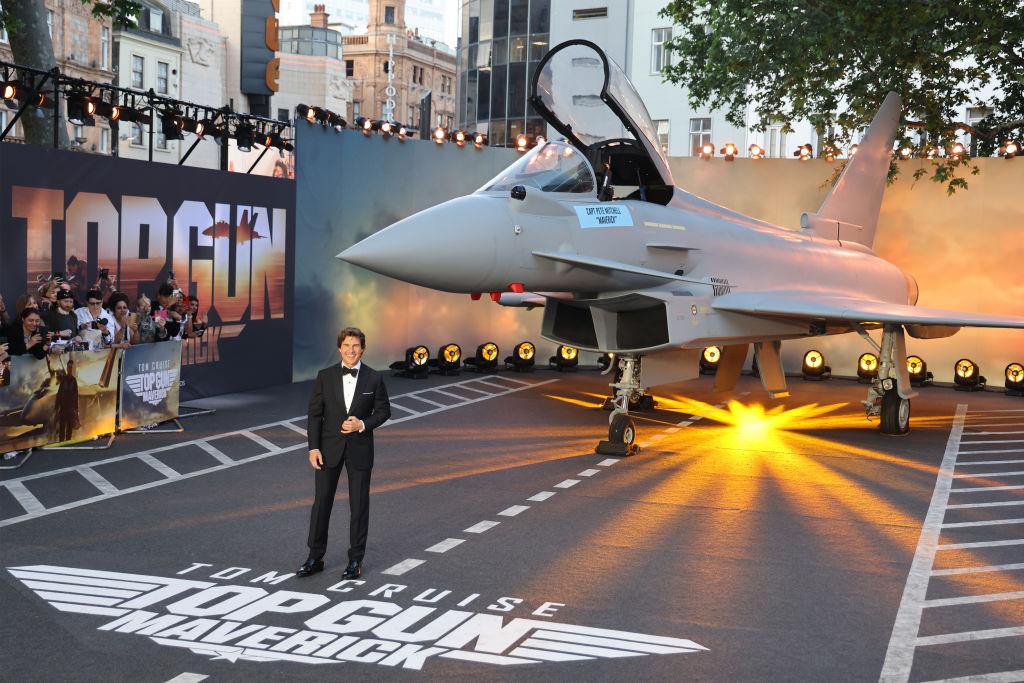
Credit: Neil Mockford/FilmMagic/Getty Images
Top Gun: Maverick is—no spoiler!—a movie. And here are two things the Paramount blockbuster, which netted $151 million on its opening weekend, is not: a documentary, or a fictional account based on a true story. This seems obvious, but it’s important. The actors and director of the Top Gun sequel...
Subscription Required
This content requires a subscription to one of the Aviation Week Intelligence Network (AWIN) bundles.
Schedule a demo today to find out how you can access this content and similar content related to your area of the global aviation industry.
Already an AWIN subscriber? Login
Did you know? Aviation Week has won top honors multiple times in the Jesse H. Neal National Business Journalism Awards, the business-to-business media equivalent of the Pulitzer Prizes.





